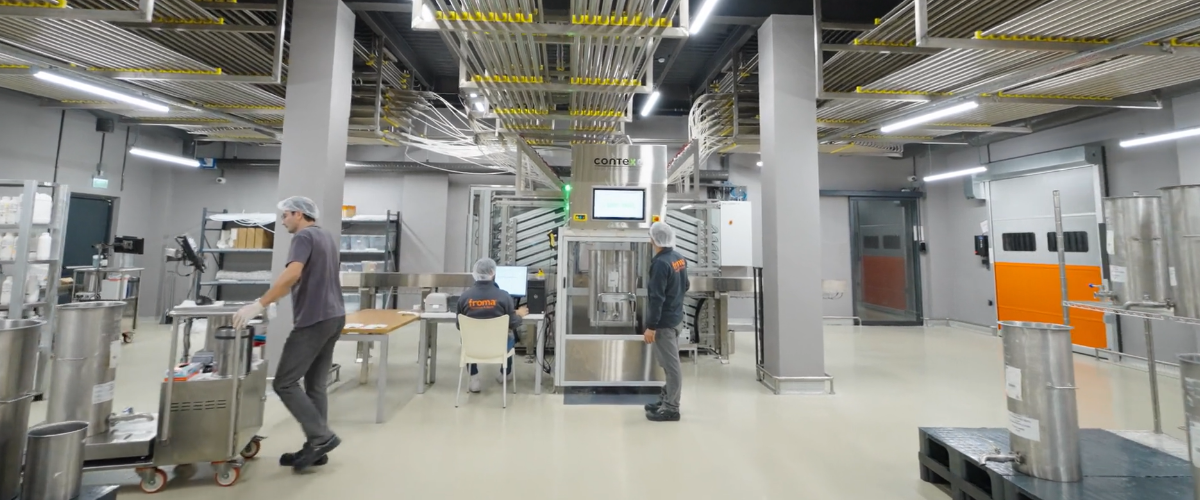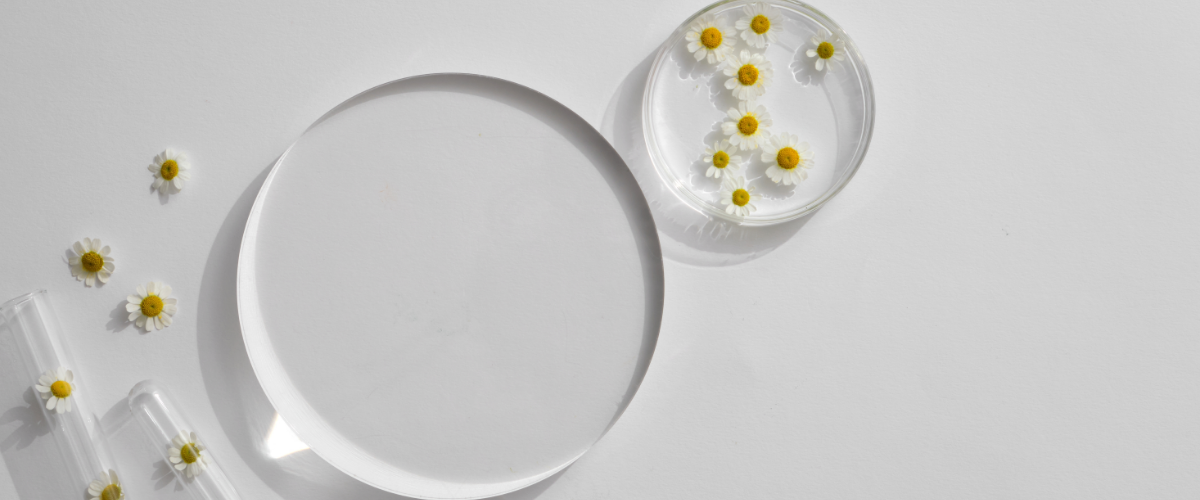NEWS > 12 March 2025
“Fragrance, like art and popular culture, conveys society’s underlying belief systems.” Miranda Gordon, Chief Creative Marketing Officer at Punk Champagne, also believes that it is the privilege and responsibility of fragrance creators “to interpret the organic evolution of culture and to express it in the brand positionings and olfactive stories that we tell.” Gordon was previously a long-time VP of Marketing, Fine Fragrance at legacy fragrance and flavor design company MANE; and Punk Champagne (where she now works) is a New York City – based multisensory marketing and revenue growth consultancy specialized in fragrance, luxury brands, and technology.
Regionally specific fragrance inputs are remarkably evocative and help showcase what’s unique about a place, it’s climates, microclimates, and biodiversity. And ambitious brands are sharing the sensibilities of countries and cultures with consumers around the world. Jasmine from Egypt, ginger frim Nigeria, orange blossom from Tunisia, Atlas cedar from Morocco and Algeria, buchu leaf oil from South Africa, and black pepper and vanilla and ylang-ylang oil from Madagascar—this is just a partial list of the fine fragrance inputs that go into perfumes made by Sent of Africa. The Ghana-based fragrance house launched in 2015, then, refreshed its brand and relaunched to the market three years ago. The brand’s perfumes and packaging are all manufactured in Ghana; and the entire Sent of Africa value chain is fully within Africa, from fragrance development, branding, design, etc. Scent of Africa is “sharing the artistry of uniquely African native ingredients in fine fragrance,” explains Aba Gyepi-Garbrah, a Certified Aromatherapist and Olfactive Designer (who owns the US-based DTC botanical, aromatic skincare brand Aba Love Apothecary). It’s an important mission and one that the company hopes will reach well beyond the Continent.

Adam Tasi is the Owner and General Manager of Netherlands-based Scent the Brand, a company founded in 2019 that does contract manufacturing for the home fragrance sector, as well as fine fragrance and perfume sampling, and strategic scent marketing. In a recent interview, I asked Tasi about what’s new and next in fragrance sampling; and he went immediately to the market demand for environmentally sustainable options. “The most important development,” he says, “is the rapid move to eco-conscious fragrance sampling solutions and environment friendly home fragrance products.” To this end, Scent the Brand uses close to no plastic for fragrance sampling. “We have developed alternative fragrance carriers made from, for example, potato starch or natural minerals. Only our lift-up perfume sampling booklet contains a minimum amount of recycled special plastic to close in the perfume,” explains Tasi. The company is similarly focused on sustainability efforts with its fine fragrance marketing activities. “Fragrance sampling has to be easy, luxurious and eco-conscious on a large scale,” he says, describing one of the company’s marketing solutions as “a bio-based fragrance sachet…made from leftover material from tomato plants and recycled FSC paper. The fragrance carriers are 100% natural minerals.” Additionally, the company’s factory in The Netherlands is approaching zero-waste.


While no written article can replace the vibrant and valuable experience of discovery, learning, and relationship building that takes place in-person each year at Cosmopack, what follows will help get you started before this year’s exhibition opens on March 20.

For the past 100 years, perfume has been a very his-and-hers product category. And it wasn’t until the mid 1990’s, when Calvin Klein launched CK One as a unisex scent, that the concept of gender-neutral fragrances began to reemerge. Yet still today, there is a sizable opportunity to create fragrances that are less stereotypical or fully androgynous, according to Gordon. “There’s wonderful directional creativity happening in alternatives to gendered fragrances,” she says, “but the market’s money hasn’t caught up to the artists and visionaries yet.” “Despite the rise of brand- and consumer-generated chatter around genderless fragrances, 99% of fine fragrance sales remain anchored in scents that not only perform conventional gender roles but successfully do so in increasingly exaggerated, almost campy interpretations of femininity and masculinity,” she tells me, going on to explain that this approach to perfume may seem safe insofar as it follows familiar practices and may reduce business risk but that at the same time it limits innovation and ignores changing consumer attitudes and expectations.
Author: Deanna Utroske
In collaboration with:
![]()